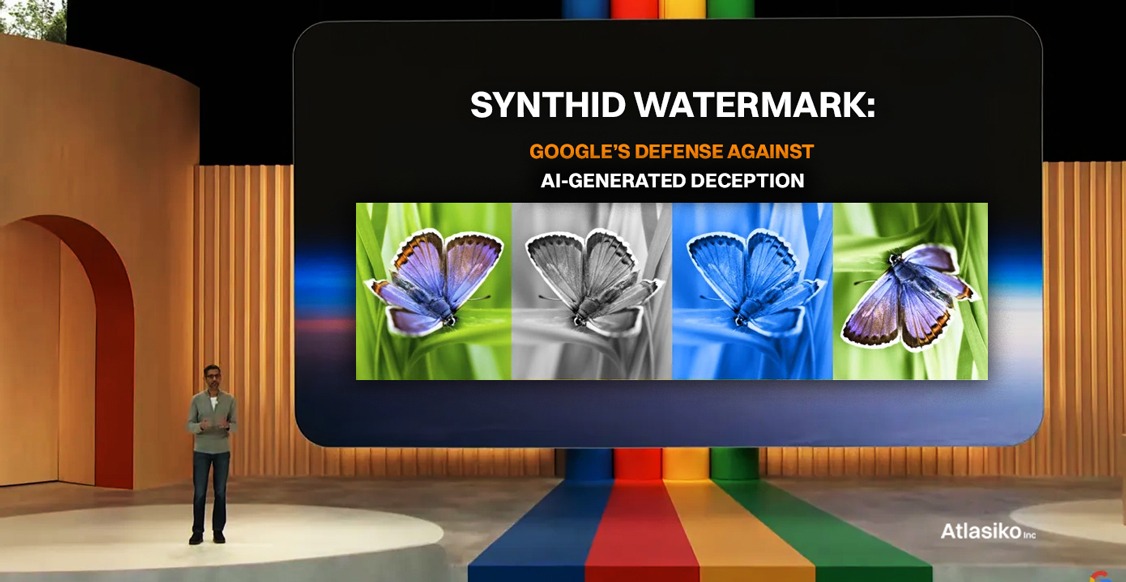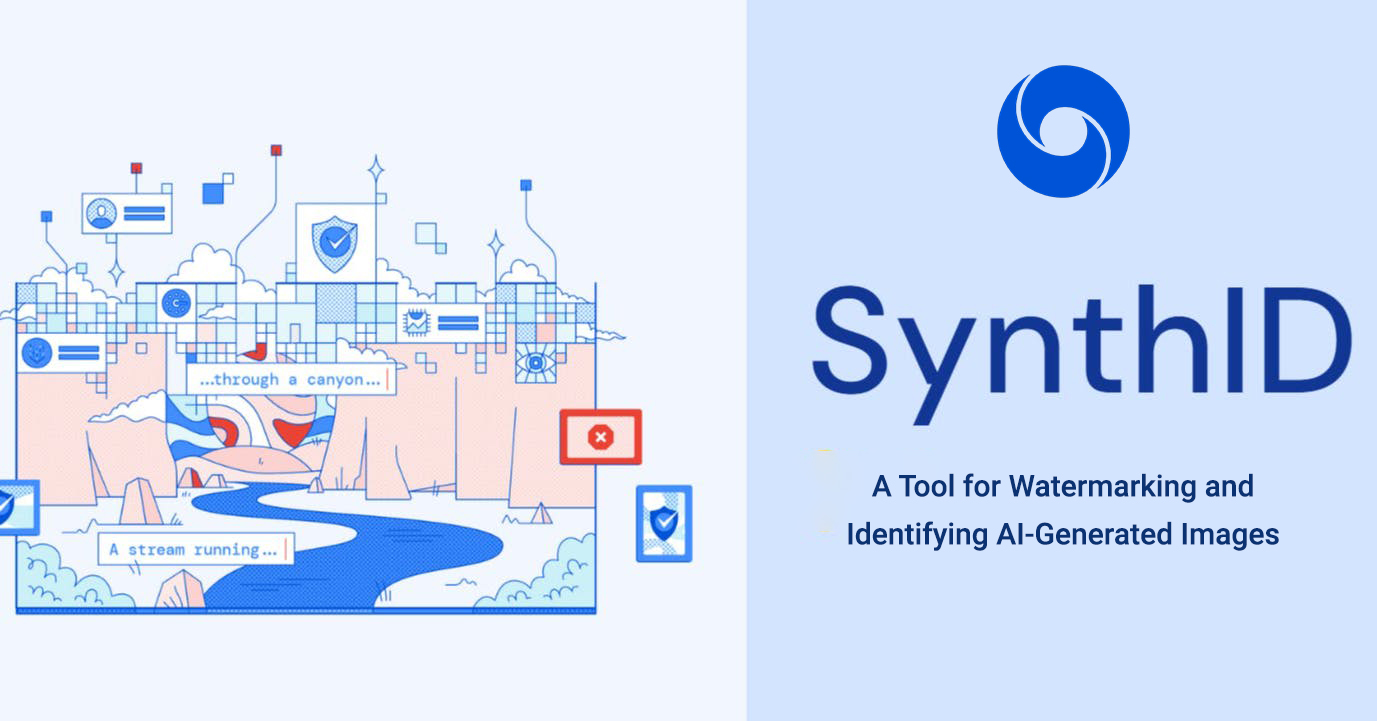The rise of artificial intelligence (AI) has led to the development of new and powerful tools for creating realistic images. These tools, such as Imagen, can be used to create images that are indistinguishable from real photographs. This has raised concerns about the potential for these images to be used to spread misinformation and disinformation.
One way to address this concern is to develop tools that can be used to identify AI-generated images. SynthID is a tool that was developed by Google DeepMind to watermark and identify AI-generated images.
How SynthID Works
SynthID works by embedding a unique identifier into each AI-generated image. This identifier is called a watermark. The watermark is imperceptible to the human eye, but it can be detected by software.
When an AI-generated image is watermarked with SynthID, the watermark is added to the image’s metadata. Metadata is information about an image that is stored in the file itself. This information is not visible when you view the image, but it can be accessed by software.
The watermark is added to the image’s metadata in a way that makes it difficult to remove. This means that even if someone tries to edit or manipulate the image, the watermark will still be there.

How to Use SynthID
To use SynthID, you first need to generate an AI-generated image. You can do this using a tool like Imagen. Once you have generated the image, you can use SynthID to watermark it.
To watermark an image with SynthID, you need to upload the image to the SynthID website. The website will then generate a watermark for the image and add it to the image’s metadata.
Once the image has been watermarked, you can download it and share it with others. When someone else downloads the image, they can use SynthID to scan the image for its watermark. If the image has been watermarked with SynthID, the scanner will be able to identify the image and verify its authenticity.
The Benefits of SynthID
SynthID has a number of benefits. First, it can help to identify AI-generated images. This can help to protect users from being misled by these images. Second, SynthID can help to track the distribution of AI-generated images. This can help to identify the source of these images and to prevent them from being used for malicious purposes. Third, SynthID can help to verify the authenticity of AI-generated images. This can be useful for applications such as journalism and law enforcement.
The Limitations of SynthID
SynthID is still in beta, so it has some limitations. First, it is not perfect. It can sometimes be fooled by images that have been tampered with. Second, SynthID is not yet widely available. It is only available to a limited number of users.
The Future of SynthID
SynthID has the potential to be a valuable tool for combating the spread of deepfakes and other forms of disinformation. As AI technology continues to develop, SynthID will need to be updated to keep up with the latest threats. However, SynthID is a promising step towards a future where AI-generated images can be used safely and responsibly.
Conclusion
SynthID is a tool that can be used to watermark and identify AI-generated images. This can help to protect users from being misled by these images and to track the distribution of these images. SynthID is still in beta, but it has the potential to be a valuable tool for combating the spread of deepfakes and other forms of disinformation.










